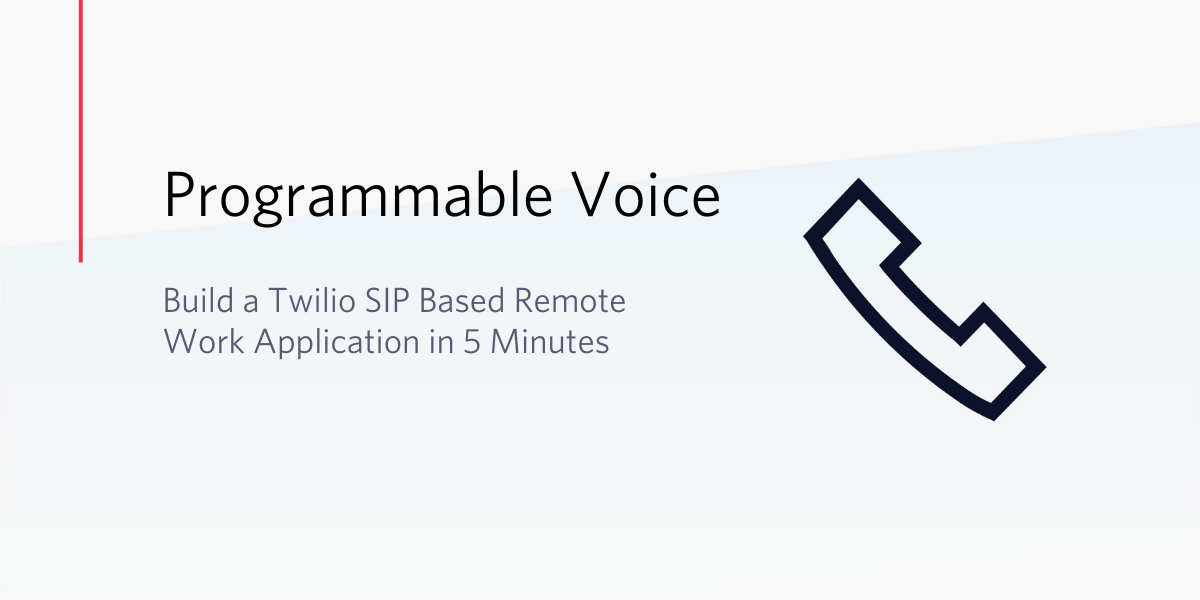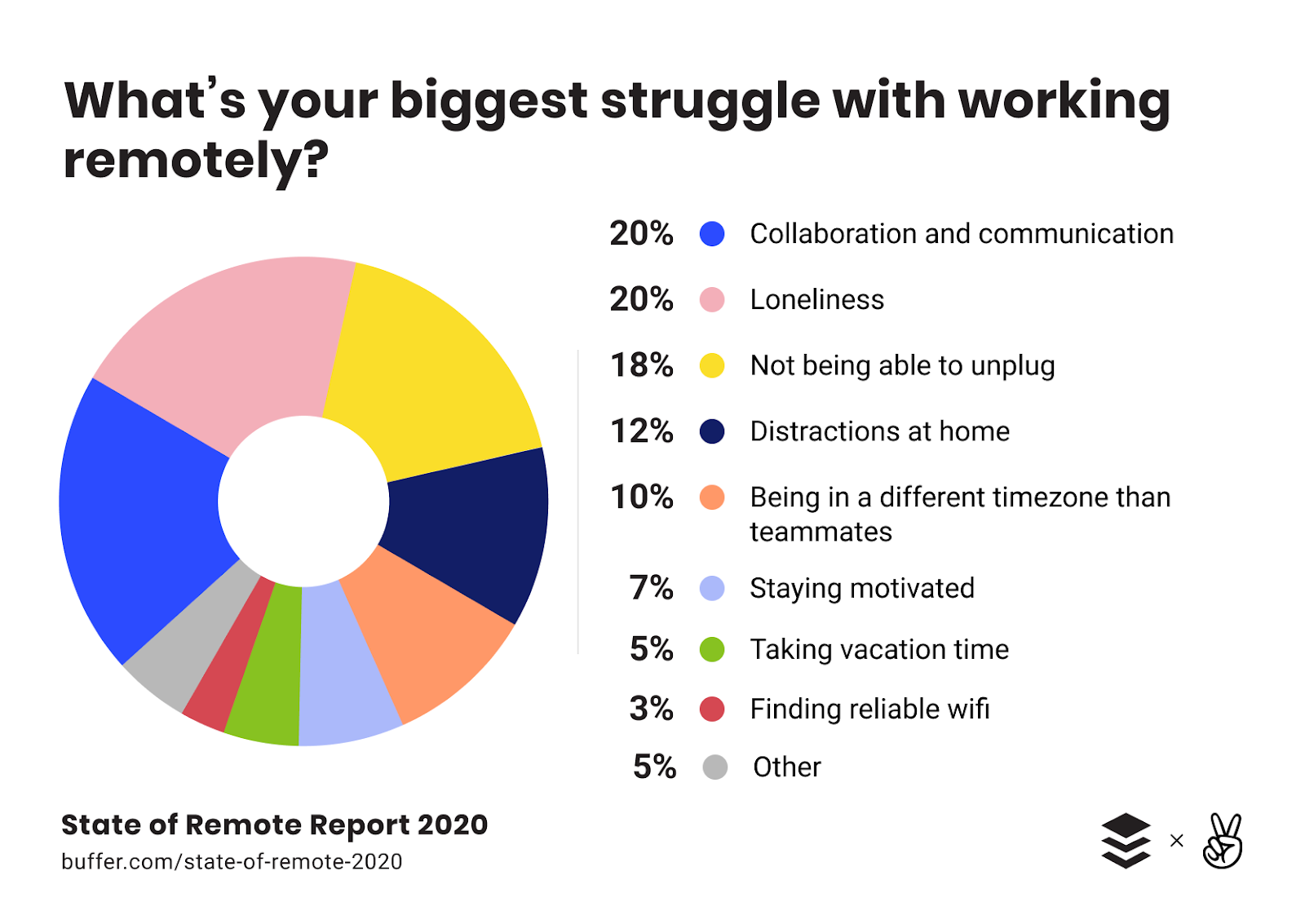Build a Twilio SIP Based Remote Work Application in 5 Minutes
Time to read: 2 minutes

Remote work is an extremely popular term these days. How to go about working remotely, though, is another story.
Luckily, in just a few steps, you can build a simple and efficient remote application setup using the SIP protocol and Twilio's Programmable Voice Platform.
Organizations are looking to implement the following solutions for remote work:
- Softphones for voice and video chat
- Build IVRs and remote agent communications through SIP
- Audio Conferencing and remote meetings
The New Normal

The world has changed quite a bit in the past 90 days. Shelter in place and social distancing orders have made it challenging for employees and employers to stay productive. Businesses are facing critical challenges adapting to remote work and managing apps for remote workers. One of the biggest challenges for remote workers is staying connected without the resources available to employees in an office environment.
In order to set up a remote work application, you need reliable connectivity to handle voice and video. Second, your application needs to be straightforward to deploy and manage. Finally, you need collaboration tools for voice, video, and chat.
20% of the remote work survey respondents in Buffer's 2020 remote work survey said collaboration and communication with co-workers is one of the biggest struggles when working remotely.

Twilio for Remote Work
Setting up remote communications for employees generally requires significant planning and thought.
It usually takes an IT team and weeks – if not months – to get everything in place. However, using Twilio Programmable Voice, assembling remote work applications becomes straightforward.
Twilio now provides a simple one click install application for remote work use cases.
How to get started
Before you start, ensure you’ve completed the following:
- If you haven’t yet, create an account in Twilio
- Buy a Number
- Download a SIP Softphone (Zoiper, Bria, etc) suitable for your environment and operating system
And that's all you'll need to get started!
Set up SIP with Twilio – nearly instantly
Traditionally, in order to make a call from a SIP Softphone to a mobile number (or vice versa), you had your work cut out for you. You generally would have to create SIP Domains, a credential list, enable registrations, and finally write an app to make calls. This required weeks of work and often significant domain knowledge.
Now, Twilio's instant SIP remote work app eliminates the tough configuration. Instead of getting into the weeds of configuration, the app will guide your setup in around 5 minutes (you'll be able to modify settings later via the console). Alternatively, we also have an extensive SIP setup quickstart which can walk you through a few more of the configuration options.
What's next?
Do you need the extra configuration? Would you prefer to configure from scratch? Don't worry, you still can – and we'll help you with guidance. Here you go:
- How to route calls to your SIP network with an outbound call
- How to add Programmability to your existing SIP network
Hopefully you got everything working well and you're testing Twilio now. I can’t wait to see what you build!!
Madhu Mathiyalagan is a Principal Product Management at Twilio. She has over 10 years of industry experience in the telecommunication space. She has built strategies and innovative solutions to digitize customer communications. You can get in touch with Madhu via LinkedIn at www.linkedin.com/in/madhu-mathiyalagan
Arvind Rangarajan is a Sr. Product Marketing Manager at Twilio. He has many years of diverse global experience developing GTM strategies for technology products and commercial solutions for enterprises. He can be reached on LinkedIn at https://www.linkedin.com/in/rangarajanarvind/
Related Posts
Related Resources
Twilio Docs
From APIs to SDKs to sample apps
API reference documentation, SDKs, helper libraries, quickstarts, and tutorials for your language and platform.
Resource Center
The latest ebooks, industry reports, and webinars
Learn from customer engagement experts to improve your own communication.
Ahoy
Twilio's developer community hub
Best practices, code samples, and inspiration to build communications and digital engagement experiences.


